Rethinking School Infrastructure: Sustainability Saves
Key Points
-
School infrastructure isn’t often the most attractive topic, but rethinking how we operate could provide numerous benefits that help us meet the triple bottom line – people, planet, and profits.
-
Investing in infrastructure that reduces pollution and carbon emissions provides green learning opportunities for our students and helps us save on costs.
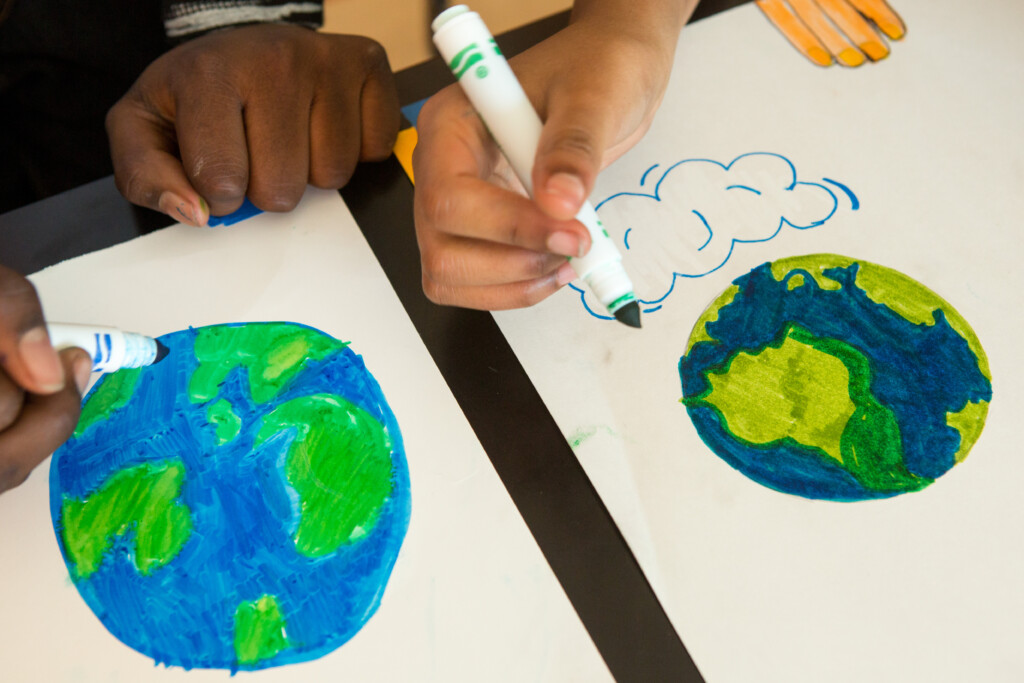
School infrastructure isn’t often the most attractive topic, but rethinking how we operate could provide numerous benefits that help us meet the triple bottom line – people, planet, and profits. As much as we might not like to talk about school in terms of money or budget, it’s not only a reality but a very real opportunity to invest in infrastructure that reduces pollution and carbon emissions provides green learning opportunities for our students, and helps us save on costs.
Two of the most promising opportunities that are quickly taking hold revolve around clean energy and clean air – both extremely cost-saving. Many schools are now making moves to convert to solar energy, an action that could save about $130,000 per year (per school). Others are investing in electric buses which provide a cleaner, more equitable and more affordable alternative to diesel while also reducing fuel and maintenance costs by $130,000 per bus. Some of these technologies can also add power back into the grid when the buses aren’t running, saving even more money. Add these savings over the years, and you’re looking at millions worth of savings over the decades. You can find more about the total cost of ownership at this great resource by the Electric School Busses Initiative.
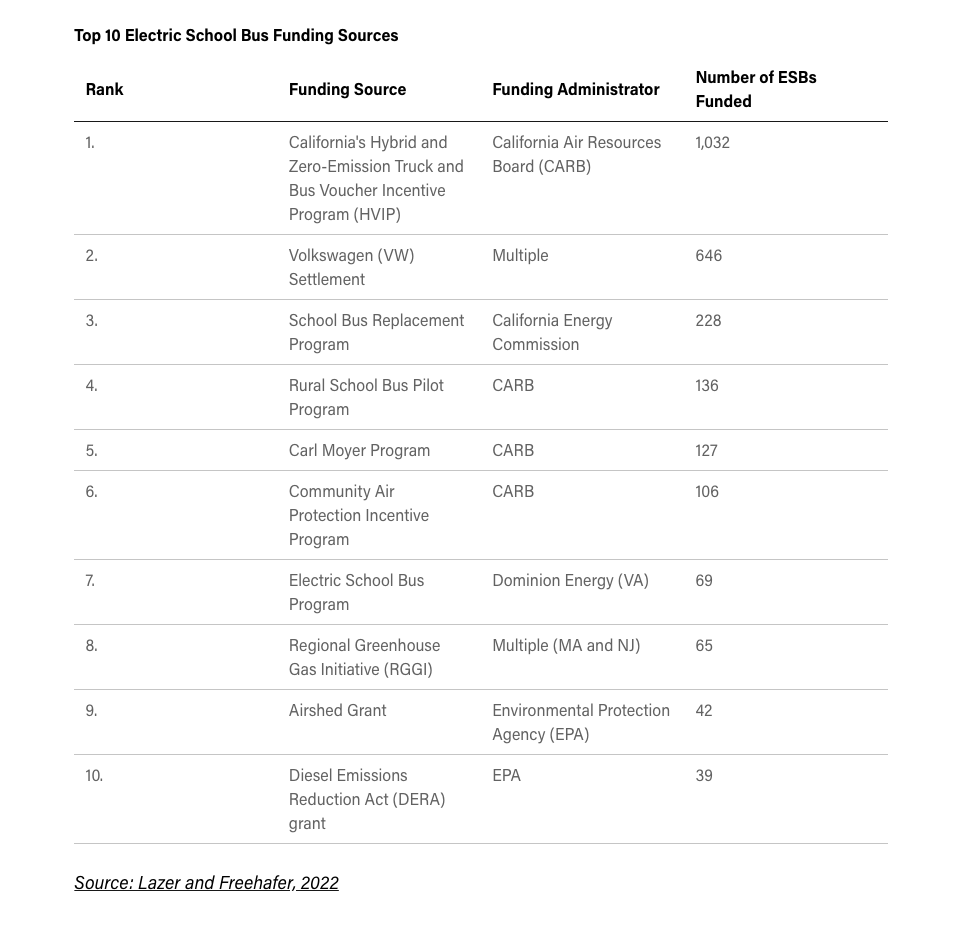
Not only do these transformations improve the quality of life for students and communities, the savings enable schools to invest in other things to improve teaching and learning, to address student needs, or to pay teachers a bit more.
In addition, these measures can funnel a wealth of opportunities for youth to better understand renewable energy. Nearly one in 10 K-12 public and private schools across the nation have made the shift to solar energy as of early 2022 which saves money, and the planet and creates new opportunities in the classroom. The installation of solar panels can quickly segue into curriculum and courses around solar and renewables that can impact students’ consumer choices as adults, and influence their career decisions. Many solar panels are installed by local third-party actors. Connecting with these local providers can facilitate community partnerships that might provide access to green career pathways for students.
This is just a starting point. There are numerous ways we might rethink infrastructure, and how we operate. From the food we serve in the cafeteria to the design of our schoolyards, there are ample opportunities to reduce our footprint while also ensuring the health and well-being of our students. Cost-savings are just the icing on the cake.
Where to Start With a Green Transition
This all might sound good, but some might wonder how to get started, and where to find the funds to make these initial investments. Fortunately, the wheels (on the electric bus) are already in motion. Thanks to legislation like the Inflation Reduction Act, financing is becoming more readily available. Last year alone over 400 school districts were collectively awarded almost $1 billion in funding for clean infrastructure through the Clean School Bus Program. Additionally, the Environmental Protection Agency (EPA) and Department of Energy are also offering grants, technical assistance, and accelerator programs to support communities as they work to solve environmental challenges and/or convert to solar. There’s also a Database of State Incentives for Renewables & Efficiency for even more information on where to start.
There are also organizations working to make the translation to cleaner infrastructure easier for schools. Generation180 is an organization leading the charge (pun intended) on solar schools and provides an array of case studies and materials to help schools at all stages of the process. From understanding financing options to getting started with green career and technical education (CTE) to green pathways, their organization can help you figure out your next steps.
Clean infrastructure is a win-win for everyone. Currently only about 1% of school buses are electric with about 10% of schools having converted to solar. It’s time we take advantage of the opportunities that are suddenly presenting themselves. It’s good for the planet, it’s good for the wallet, and it’s good for students.
For some fantastic case studies about electric school bus implementation, check out the following links:
- How North Carolina’s Eastern Band of Cherokee Indians is Planning for Seven Generations of Sustainability
- Wiring Up in Knox County
- An Electrifying Partnership in Fairfax County, Virginia
For more case studies on solar implementation in schools, check out the Brighter Future report from Generation180.

Mason Pashia


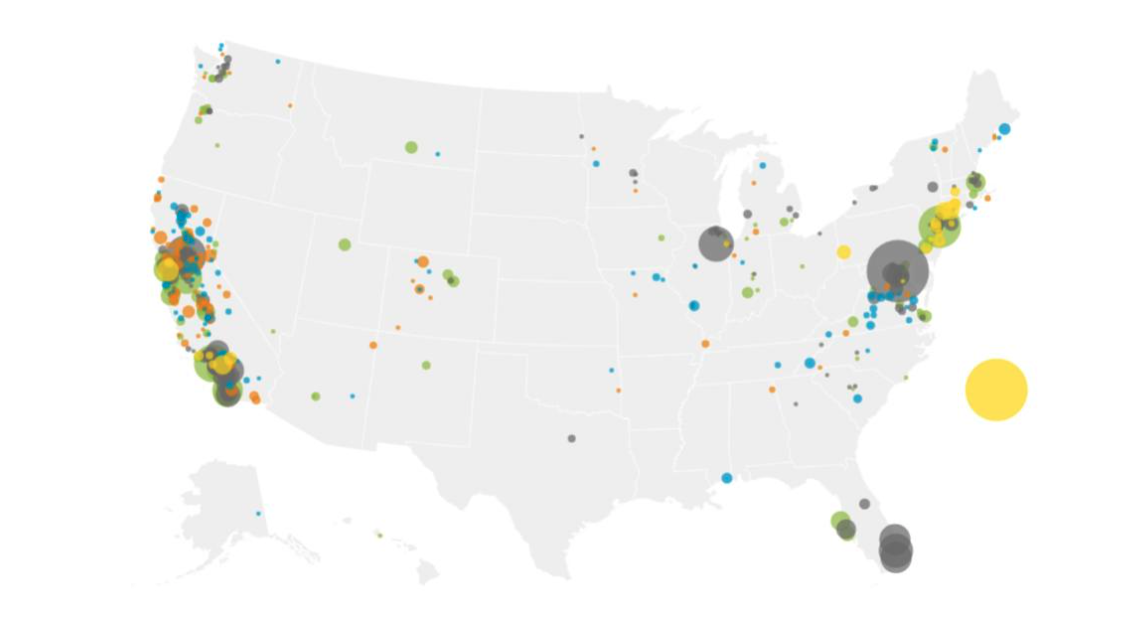
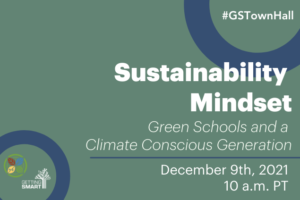


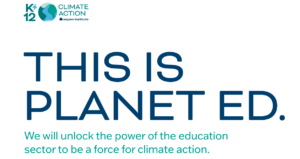
0 Comments
Leave a Comment
Your email address will not be published. All fields are required.